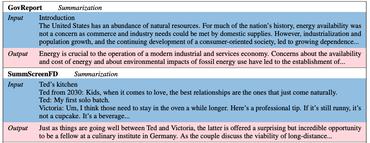HST-MRF: Heterogeneous Swin Transformer with Multi-Receptive Field for Medical Image Segmentation
The Transformer has been successfully used in medical image segmentation due to its excellent long-range modeling capabilities. However, patch segmentation is necessary when building a Transformer class model. This process may disrupt the tissue structure in medical images, resulting in the loss of relevant information. In this study, we proposed a Heterogeneous Swin Transformer with Multi-Receptive Field (HST-MRF) model based on U-shaped networks for medical image segmentation. The main purpose is to solve the problem of loss of structural information caused by patch segmentation using transformer by fusing patch information under different receptive fields. The heterogeneous Swin Transformer (HST) is the core module, which achieves the interaction of multi-receptive field patch information through heterogeneous attention and passes it to the next stage for progressive learning. We also designed a two-stage fusion module, multimodal bilinear pooling (MBP), to assist HST in further fusing multi-receptive field information and combining low-level and high-level semantic information for accurate localization of lesion regions. In addition, we developed adaptive patch embedding (APE) and soft channel attention (SCA) modules to retain more valuable information when acquiring patch embedding and filtering channel features, respectively, thereby improving model segmentation quality. We evaluated HST-MRF on multiple datasets for polyp and skin lesion segmentation tasks. Experimental results show that our proposed method outperforms state-of-the-art models and can achieve superior performance. Furthermore, we verified the effectiveness of each module and the benefits of multi-receptive field segmentation in reducing the loss of structural information through ablation experiments.
PDF Abstract





 Kvasir-SEG
Kvasir-SEG